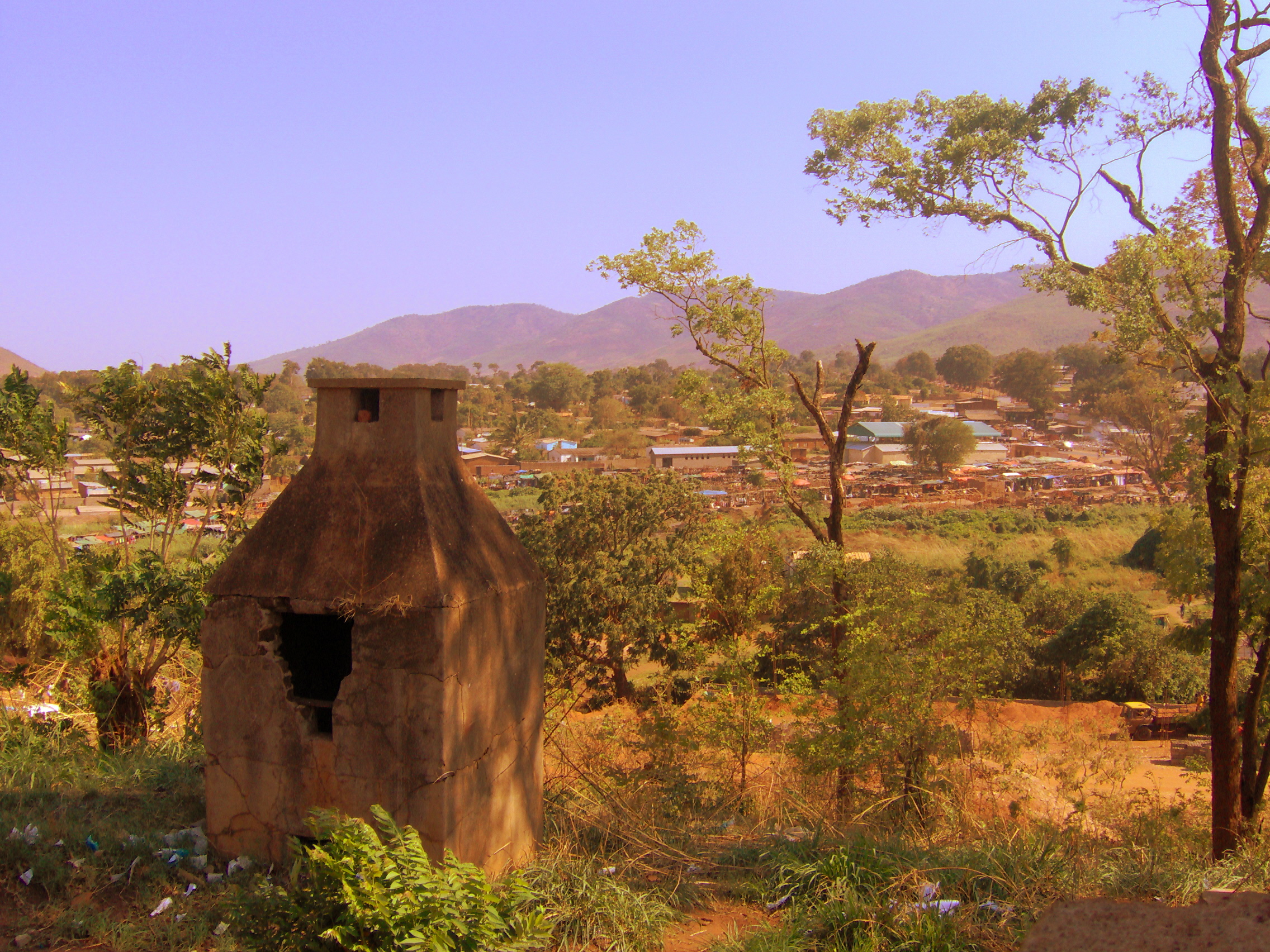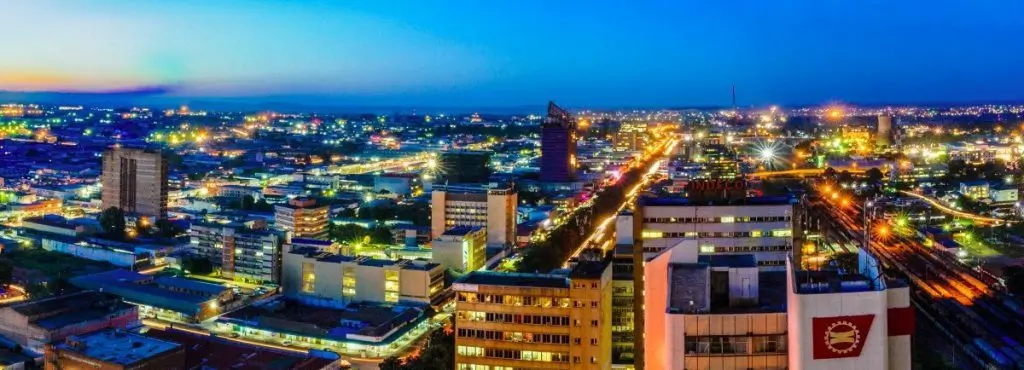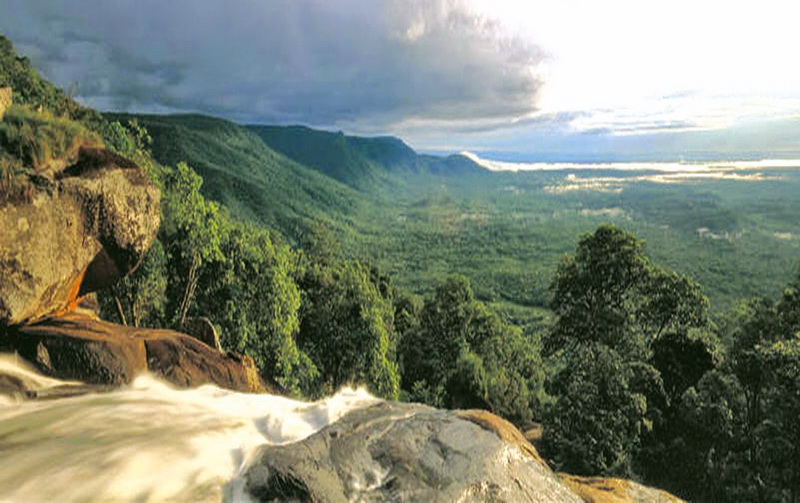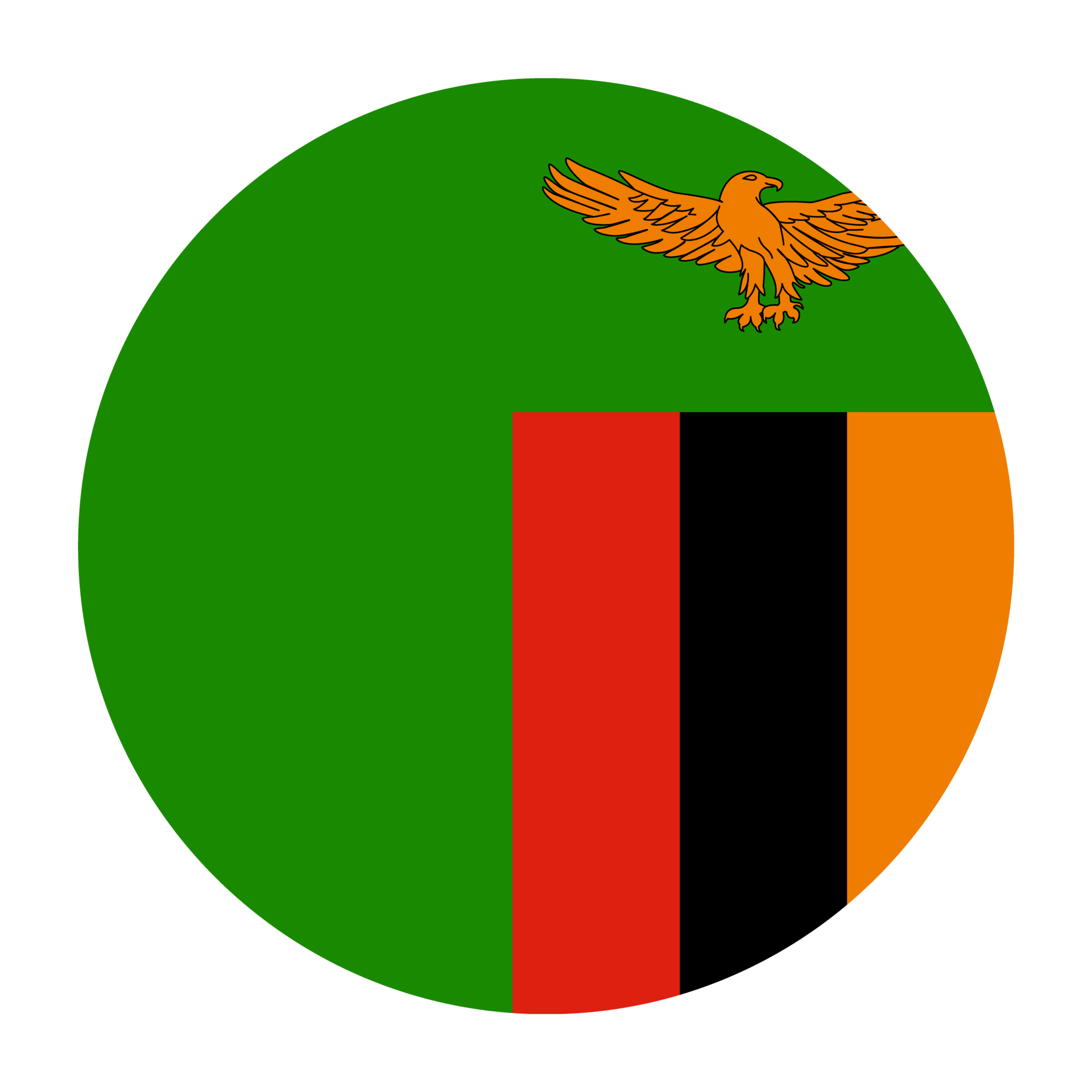Zambia travel tips
Zambia travel tips: Located in southern Africa, boasts diverse landscapes, including Victoria Falls. Rich culture, wildlife, and copper mining define its identity.
Provinces 🌎
Zambia travel tips. Here is a list of all the provinces of the Zambia.

Central

Copperbelt

Eastern

Luapula

Lusaka

Muchinga

North-Western

Northern

Southern

Western
Before you go 🛩
Important information you should know before your trip
Info

Capital | Lusaka
Flag Codes:
ISO alpha-2 ZM,
ISO alpha-3 ZMB
Currency
Badge | Kwacha
CODE | ZMW
NUMBER | 967
SYMBOL | ZK
FRACTION | Ngwee
Mobile Coverage
Dialing Code | +260
SIM Card
Coverage | 3G / 4G / 5G |
Mobile Networks | Airtel Mobile | MTN Mobile | Zamtel Mobile |

Location
Zambia is a landlocked country located in Southern Africa. It is situated in the southeastern part of the African continent.
Geographic Coordinates: The approximate geographic coordinates of Zambia range from about 8 degrees to 18 degrees south latitude and 22 degrees to 33 degrees east longitude.
Size: Zambia is a relatively large country, covering an area of approximately 752,612 square kilometers (290,585 square miles).
Capital: The capital city of Zambia is Lusaka, which is located in the central part of the country.
Zambia’s diverse geography includes plateaus, mountains, rivers, and plains. The country is known for its natural beauty, including the Zambezi River, Victoria Falls, and a variety of national parks and wildlife reserves. Zambia is a popular destination for travelers seeking to explore its landscapes, wildlife, and cultural heritage.
Currency
The currency of Zambia is the Zambian Kwacha, abbreviated as “ZMW” and often represented by the symbol “K.”
The Zambian Kwacha is the official currency of Zambia and is used for all financial transactions within the country.
Please note that exchange rates can fluctuate, so it’s a good idea to check the current rates if you plan to exchange currency or engage in financial transactions in Zambia.
Languages
Zambia is a linguistically diverse country with several languages spoken. However, English is the official language and serves as the primary language of government, education, business, and media. It is used for official documents, communication, and instruction in schools.
In addition to English, there are numerous indigenous languages spoken by various ethnic groups throughout Zambia. Some of the prominent indigenous languages in Zambia include:
Bemba: Bemba is one of the most widely spoken languages in Zambia and is primarily spoken in the northern and central regions of the country.
Nyanja (Chewa): Nyanja, also known as Chewa, is spoken in the eastern and central regions of Zambia. It is closely related to languages spoken in neighboring countries like Malawi and Mozambique.
Tonga: Tonga is spoken in the southern region of Zambia, particularly in areas along the Zambezi River and Lake Kariba.
Lozi: Lozi is the language of the Lozi people, who live in the western part of Zambia, primarily in the Barotseland region.
Lunda: Lunda is spoken by the Lunda people in the northwestern part of Zambia, including the North-Western Province.
Kaonde: Kaonde is the language of the Kaonde people and is spoken in the North-Western Province of Zambia.
Luvale: Luvale is spoken in the northwestern region, particularly in areas bordering Angola.
Lunda: Lunda is another language spoken in the northwestern part of Zambia, mainly by the Lunda people.
Climate 🌡
Zambia’s climate is characterized by distinct wet and dry seasons, and it can vary significantly from one region to another due to the country’s size and diverse topography. The climate is influenced by factors such as altitude, proximity to bodies of water, and seasonal changes. Here are some key features of Zambia’s climate:
Tropical Climate: Zambia has a tropical climate, and it lies within the tropics of Southern Africa.
Wet Season: The wet season typically occurs during the Southern Hemisphere summer, from November to April. During this time, Zambia experiences higher temperatures and heavy rainfall, particularly in the northern and central regions.
Dry Season: The dry season takes place during the Southern Hemisphere winter, from May to October. It is characterized by lower humidity and minimal rainfall. This is also the best time for wildlife viewing in national parks.
Temperature Variation: There can be significant temperature variations between daytime and nighttime, as well as between the wet and dry seasons. The daytime temperatures can be quite hot, while nights can be cooler, especially in the dry season.
Regional Variations:
Zambia’s climate varies by region:
In the northern region, areas along Lake Tanganyika and Lake Mweru tend to be more humid and receive more rainfall.
The central plateau, where the capital city, Lusaka, is located, has a moderate climate with distinct wet and dry seasons.
The southern region, including the Zambezi Valley, tends to be drier and experiences lower rainfall.
Altitude Effect: Zambia’s altitude ranges from low-lying areas to high plateaus. Higher-altitude areas, such as the Eastern and Northern provinces, tend to have milder temperatures compared to lower-lying regions.
Seasonal Changes: The transition between the wet and dry seasons can bring occasional heavy rainfall, thunderstorms, and the risk of flooding, especially in lowland areas.
Tropical Diseases: The wet season can also be associated with an increased risk of mosquito-borne diseases such as malaria. Travelers to Zambia during the wet season should take appropriate precautions.
Farming and Agriculture: Zambia’s agricultural practices are closely tied to the seasonal climate patterns, with crops being planted during the wet season and harvested during the dry season.
Zambia travel tips
If you’re planning a trip to Zambia, here are some travel tips to enhance your experience:
Visa Requirements:
Check visa requirements before travel; many nationalities require a visa to enter Zambia.
Health Precautions:
et vaccinated for yellow fever and carry anti-malarial medication. Drink bottled water to avoid waterborne illnesses.
National Parks:
Explore Zambia’s renowned national parks, like South Luangwa and Lower Zambezi, for incredible wildlife encounters. Follow park regulations and guidelines.
Victoria Falls:
Visit the spectacular Victoria Falls. Plan activities like bungee jumping, river cruises, or guided tours to fully experience the area.
Transportation:
Use reputable transportation services. Public buses, minibusses, and taxis are available. Domestic flights connect major cities. View Guide.
Shopping:
Explore local markets for authentic crafts and souvenirs. Bargaining is common, so feel free to negotiate prices.
Cultural Events:
Check for local events and festivals. The colorful traditional ceremonies provide a unique insight into Zambian culture.
Enjoy your time in Zambia!

The best of the best
Zambian cuisine is diverse and reflects the country’s cultural and ethnic diversity. The traditional diet of Zambia consists of a variety of ingredients, including grains, vegetables, meats, and fish.

Zambian Stew
Zambian stews are made with various ingredients, including meat (such as chicken, beef, or goat), vegetables, and spices.

Kapenta
Kapenta are tiny, dried fish that are commonly used in Zambian cuisine. They can be cooked with vegetables or groundnuts and served as a relish with nshima.

Chibwabwa
Chibwabwa is a dish made from pumpkin leaves and is cooked with groundnuts or peanuts. It is a nutritious and popular vegetable dish in Zambia.
Here are some typical foods and dishes commonly enjoyed in Zambia:
Nshima: Nshima is a staple food in Zambia and is similar to a thick porridge made from maize (corn) meal. It is typically served as a side dish and is a staple in most Zambian meals.
Ifisashi: Ifisashi is a popular vegetarian dish made from leafy vegetables, such as pumpkin leaves or spinach, cooked in a groundnut (peanut) sauce. It is often served with nshima.
Ubwali: Ubwali is a type of thick porridge made from cassava or millet meal. It is similar to nshima and is a traditional food in some regions of Zambia.
Roasted Maize: Roasted maize (corn) is a popular street food in Zambia. The maize is roasted on open fires and is a common snack.
Mopane Worms: Mopane worms are edible caterpillars that are often dried, fried, or stewed and served as a delicacy in Zambia. They are rich in protein.
Milile: Milile is a traditional Zambian dish made from pounded groundnuts (peanuts) mixed with honey or sugar. It is served as a sweet snack.
Bream: Bream fish, commonly found in Zambian rivers and lakes, is often grilled, fried, or cooked in stews and served with nshima.
Zambian cuisine is known for its use of fresh, locally sourced ingredients and traditional cooking methods. It varies by region and ethnic group, and the availability of certain ingredients may depend on the season and location. Travelers to Zambia have the opportunity to explore and enjoy the country’s diverse and flavorful dishes.
Transportation 🚥
More information about this country
Choose your destination 📍🗺
Useful Links ✅



